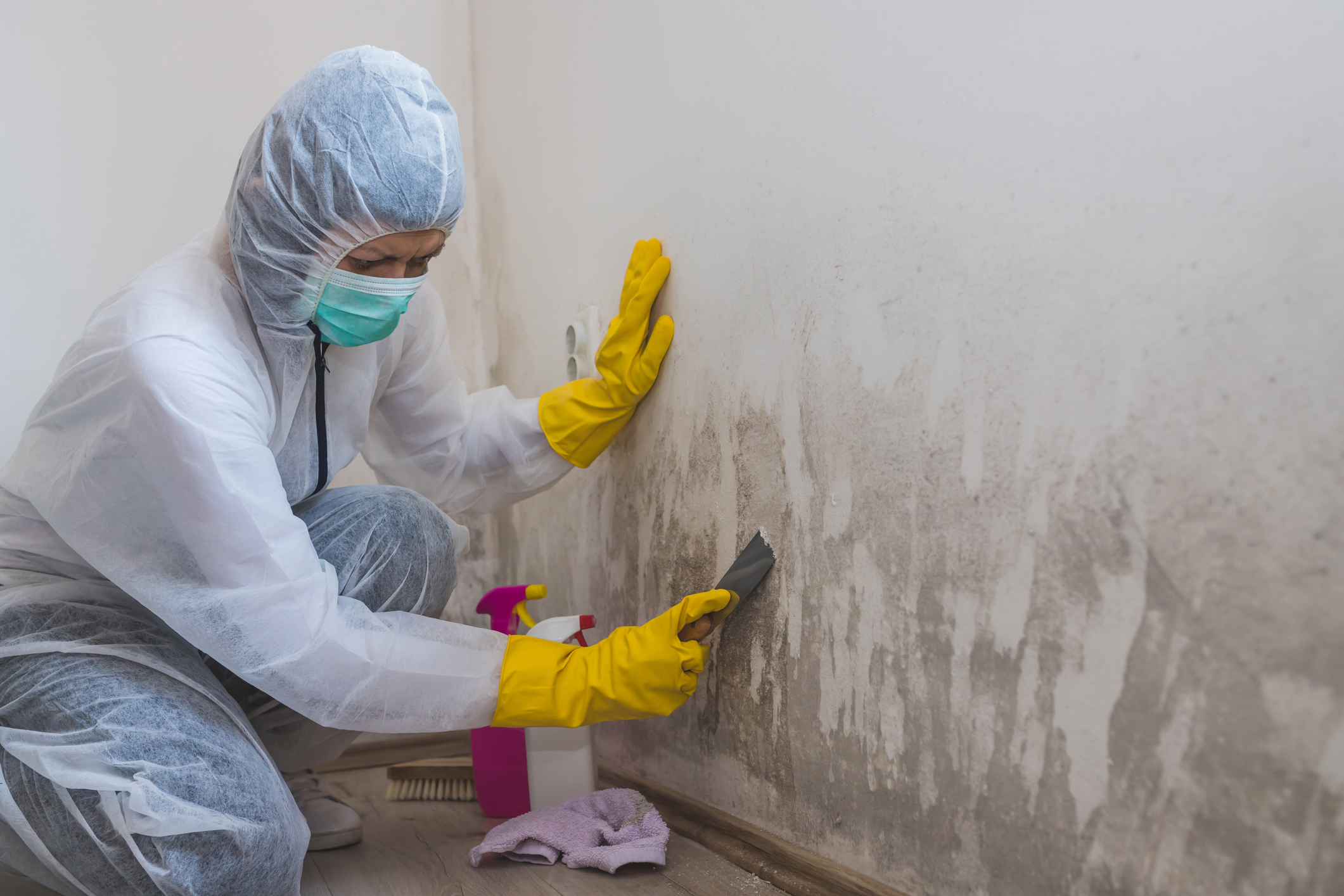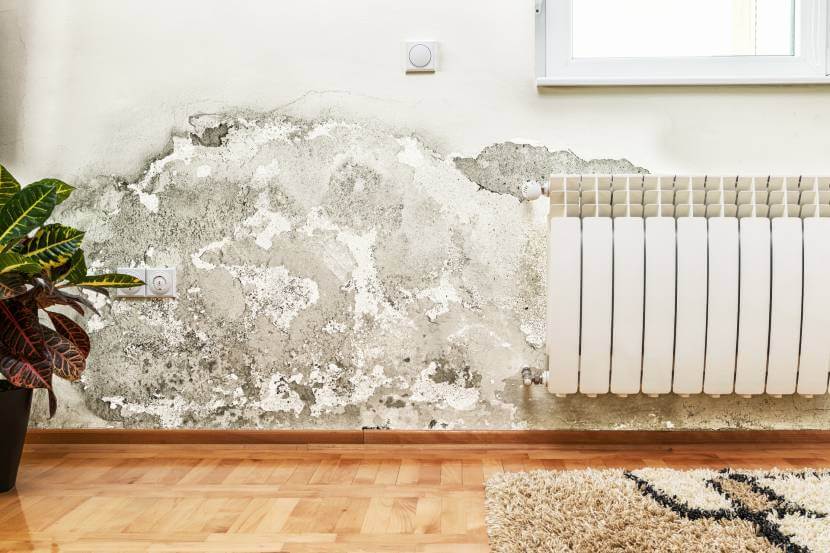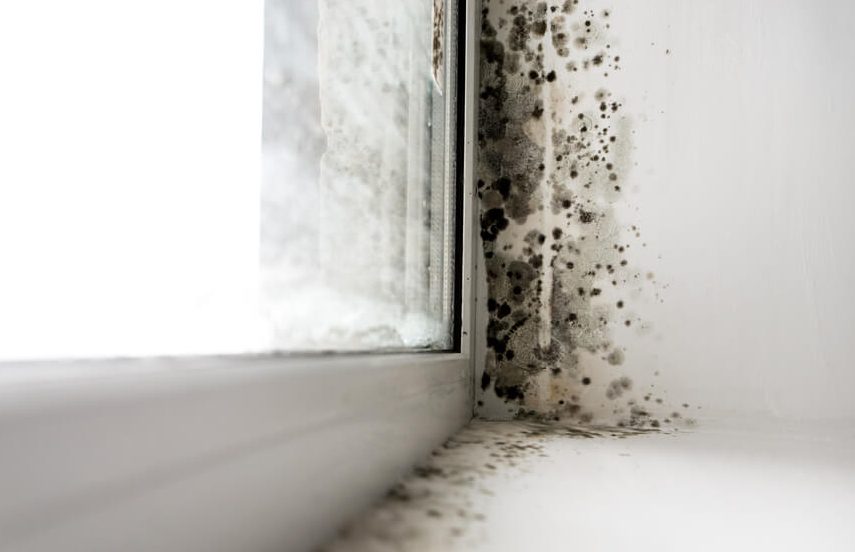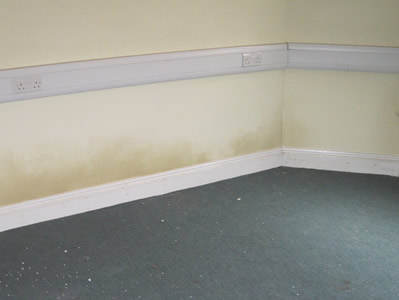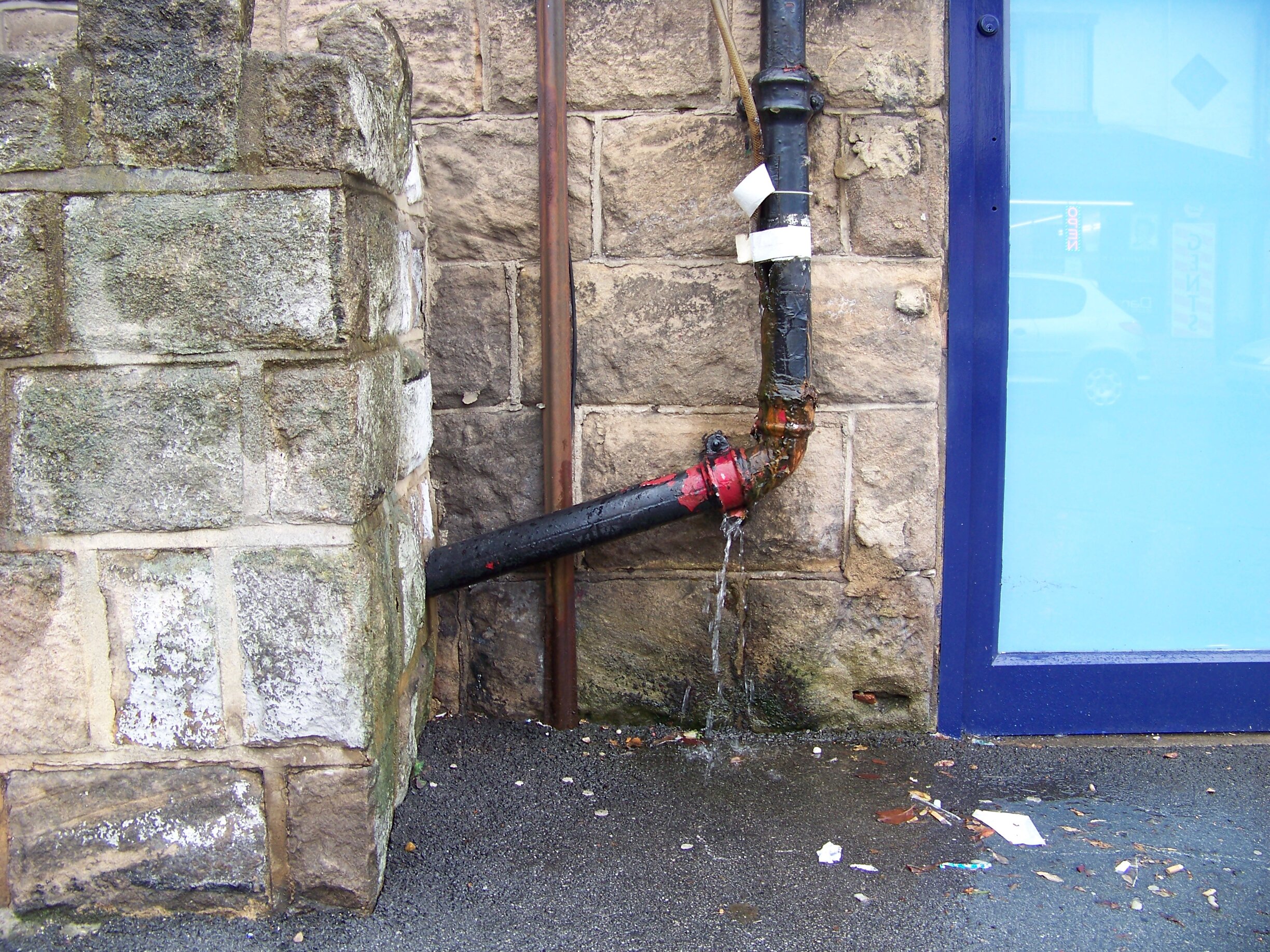Can’t-Miss Takeaways Of Tips About How To Spot Damp

First and foremost, dampness may create an unpleasant and musty smell.
How to spot damp. There is no clearer sign of damp than actual discolouration of your walls, ceilings or floors. How can you tell if you have damp in your house? Usually, the first sign that you have penetrating damp, is wet or leaking walls that are characterized by a yellowy brown discoloration.
The top choice for foundation contractors. Ad free water damage inspection. Symptoms may be visible on skirting boards, where nails or screws show signs of rust.
If you notice peeling wallpaper and paint with wet patches around the bottom of the. If you spot any of them, it’s time to take action. Ad committed to keeping your home safe & healthy.
If the wet spot happens and you weren’t prepared with towels or sex sheets, be. Get a quote now for immediate help! Rising damp manifests itself as a yellow/brown stain that rises from the skirting board and spreads insidiously up the wall.
If your towel feels damp to the touch, it’s time to inspect further. The earlier you can identify signs of damp in your house then the easier it is to take action and prevent the problem developing further. Ad committed to keeping your home safe & healthy.
Whether it’s the mark of the damp itself or yellow or brown discolouration, you’re. Some of the quick ways to identify these damps are: Unfortunately, the person sleeping in the wet spot is in for a damp night, to say the least.
The top choice for foundation contractors. Telltale signs of damp include a musty smell, cold, wet or mouldy walls, floors or ceilings, excessive water droplets on windows,. Patches of discoloured paint or wallpaper on a wall;
Another sign that there are high levels of moisture in your house or flat is condensation on the windows in the morning, or black mould on frames and around the edge. Here's how to spot the signs before it's too late. Plaster and skirting boards will rot, the wallpaper.
There are several common signs of damp to look out for. There are a number of signs that indicate your property is suffering from this type of damp. You can spot it by the water droplets it causes on walls and other surfaces, dark mould forming around windows, and an unpleasant smell.
Damp is one of the most unpleasant and annoying problems that can happen to your home. Signs of rising damp a tide line of yellow or brown stains or plaster on ground floor walls. Permanent solutions to cracking, sinking, bowing & settling problems.



